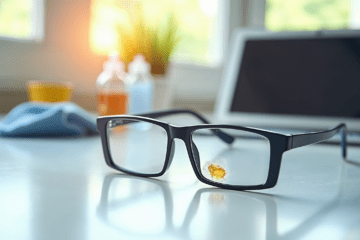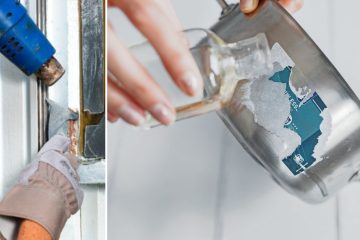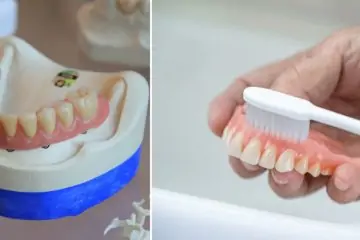After months or even years of wearing braces, the day finally comes when you can reveal your brand-new smile! Getting your braces removed is an exciting milestone in your treatment journey. However, you may notice some stubborn glue left over on your teeth. Removing this excess orthodontic glue properly is key to keeping your teeth healthy and avoiding damage. This guide covers safe DIY techniques and professional options to effectively how to get braces glue off your teeth.
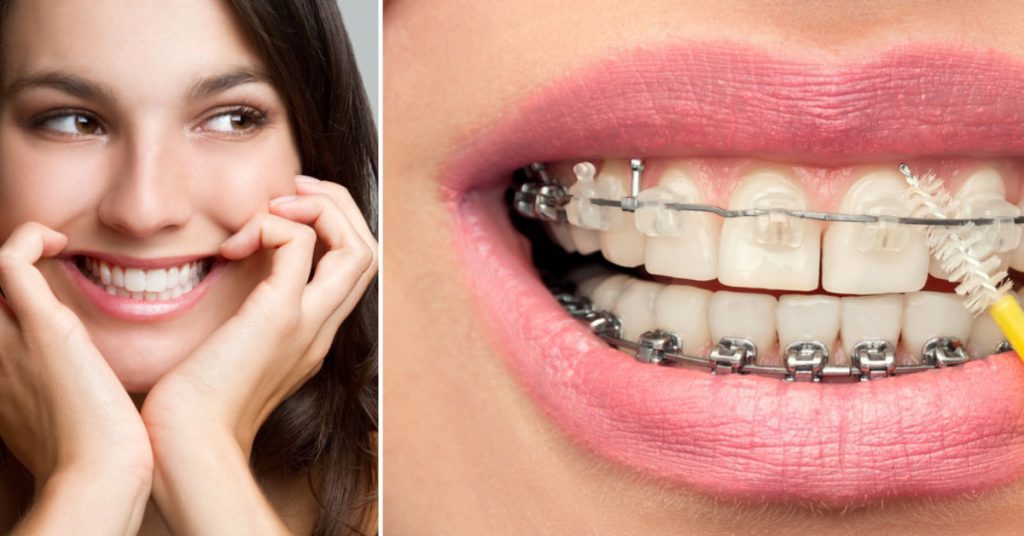
Key Takeaways:
- Braces glue helps secure brackets but traces may stay after removal.
- Gently apply oil then brush with a soft toothbrush to loosen the glue. Seek professional help if needed.
- Floss carefully between teeth to dislodge glue without damaging enamel.
- Expect some discomfort initially; sensitivity should subside within days.
- Seek orthodontist help for safe removal without injuring teeth. The proper technique prevents issues.
Understanding Braces Glue
The glue or dental adhesive used in braces helps bond the brackets to your teeth during treatment. It’s a strong substance designed to withstand chewing and hold the brackets in place. But sometimes traces of this glue remain even after the brackets come off. If left in place, these remnants can cause irritation, discomfort, or an unsightly appearance. Removing the glue thoroughly removes roughness and debris to ensure your bright, straight smile shines through.
Trying to scrape off glue without proper precautions risks permanently scratching the enamel or causing other harm. That’s why it’s important to use gentle, effective techniques.
5 Reliable Step-by-Step Guide for How to Get Braces Glue Off Your Teeth
Before starting the removal process, gather supplies like a soft-bristle toothbrush, non-abrasive toothpaste, dental wax, cotton swabs, oils, and dental floss. Work slowly and carefully using these potential home remedies:
Step 1: Use Orthodontic Wax
Covering the glue residue with orthodontic wax can provide relief from irritation. Change the wax regularly as needed for comfort until the glue can be removed. The wax also makes the glue less visible.
Step 2: Apply Oil
Applying a small amount of olive, coconut or almond oil can help dissolve the glue. Use a cotton swab to gently rub oil onto the affected areas. Let it soak for a few minutes before brushing.
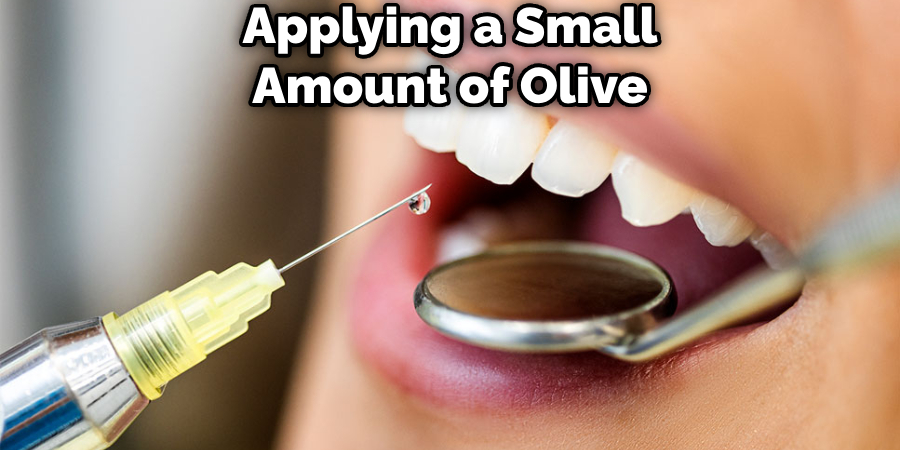
Step 3: Brush With a Soft Toothbrush
Use a gentle touch while brushing teeth and braces glue with non-abrasive toothpaste. Avoid scrubbing vigorously, as this could damage enamel.
Step 4: Rinse with Salt Water
Swishing a warm saltwater rinse can help loosen the glue and wash away debris. Thoroughly rinse mouth after.
Step 5: Floss Carefully
Work dental floss between teeth and under wires slowly and carefully to dislodge glue between teeth. Take care not to snap floss down and scrape teeth.
Always take precautions like avoiding sharp tools during at-home removal. Stop if you notice pain or sensitivity.
You Can Check It Out to Get Denture Glue Out of Your Mouth.
Seeking Professional Help
If glue remains after trying these home techniques, schedule a follow-up visit with your orthodontist for safe removal. Orthodontists have specialized tools and training to effectively clear away excess adhesive and polish teeth without causing injury or sensitivity. This also allows them to check for any potential issues like decay under the glue.
During a professional glue removal appointment, the orthodontist first analyzes the teeth and identifies any remaining glue. They then use precise dental instruments to cleanly scrape away the residue and polish each tooth’s surface smooth. This process requires expertise to avoid enamel damage but properly removes stubborn adhesive.
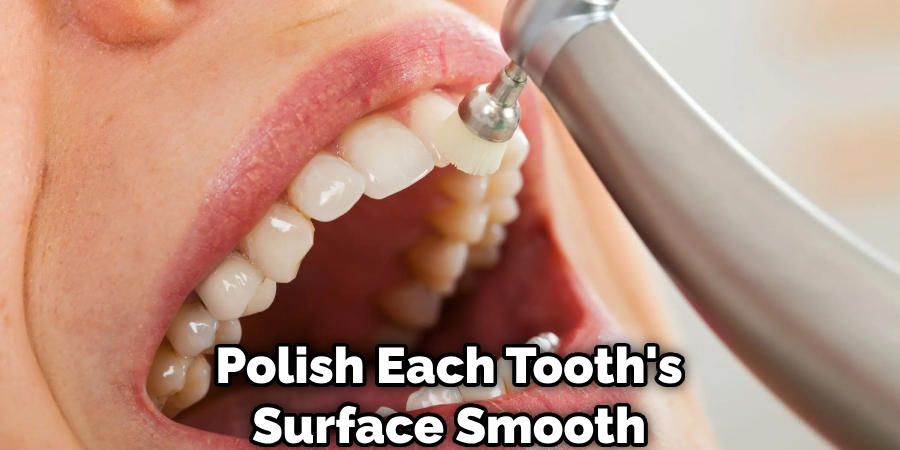
Potential Challenges and How to Overcome Them
Removing braces and glue may come with a few challenges along the way. Here are some common issues you may encounter and how to overcome them:
- Stubborn glue: In some cases, the braces glue may be stubborn and difficult to remove. If you’re having trouble removing the glue, try soaking it in dental adhesive remover for a longer time. You can also seek professional help from your orthodontist or dentist to ensure the glue is safely removed.
- Soreness or discomfort: It’s normal to experience some soreness or discomfort after removing the braces glue. To alleviate any discomfort, rinse your mouth with warm saltwater or use a numbing gel recommended by your dentist. Avoid consuming hard or sticky foods that can further irritate your gums or teeth.
Caring for Teeth Post-Braces
Once your teeth are glue-free, practice good oral hygiene to keep your smile looking its best:
- Brush and floss thoroughly twice a day, especially in gaps where glue is collected.
- Use a sensitivity toothpaste if your teeth feel tender initially.
- Stick to soft foods for a few days if you have discomfort.
- Schedule regular dental cleanings every 6 months for a polished look.
You Can Check It Out What Can You Use Instead of Denture Glue?

FAQs About How to Get Braces Glue Off Your Teeth
How Long Does It Take to Fully Remove Braces Glue?
It can take several attempts over days or weeks to fully remove glue at home. Seeking professional help is faster.
Will Glue From Braces Come Off on Its Own?
The glue from braces can come off on its own in small pieces over time due to natural wear and tear, especially during adjustments and eating. This is typically normal, and your orthodontist will monitor and address any issues during regular appointments. It’s important to avoid certain foods, maintain good oral hygiene, and consult your orthodontist if you have concerns about the condition of the braces or the glue.
Is It Normal for Teeth to Be Sensitive After Removing Glue?
Some sensitivity is common initially as your teeth adjust. It should subside within a few days.
What’s the Best Way to Remove Glue Between Teeth?
Carefully flossing between teeth helps dislodge glue without damaging enamel.
Does Removing Braces Glue Damage Teeth?
When braces glue is professionally removed by an orthodontist using specialized tools and techniques, it should not damage the teeth. The process typically involves safe removal and may include polishing the teeth to ensure a smooth surface. Following any post-removal care instructions provided by the orthodontist is important for maintaining the teeth’s health and appearance.
Can Small Glue Traces Eventually Wear Off on Their Own?
Yes, tiny residue amounts may gradually wear away over time through brushing and eating.
What Can Melt Braces Glue?
The glue used for braces is typically designed to withstand normal oral conditions, including temperature variations from hot and cold foods. However, certain acidic or sugary foods and drinks can, over time, weaken the glue’s bond with the teeth. It’s important to maintain good oral hygiene and avoid consuming excessively acidic or sugary substances to preserve the integrity of the braces glue. If you have specific concerns about certain foods or drinks, it’s best to consult your orthodontist for personalized advice.
Conclusions: Show Off Your Straight Smile!
Removing pesky orthodontic glue takes patience and care, but it’s worth it to confidently reveal your amazing new post-brace smile! Always see your orthodontist for help with stubborn glue to avoid enamel damage or sensitivity issues. With the right techniques, you can safely eliminate every last bit of annoying adhesive.
